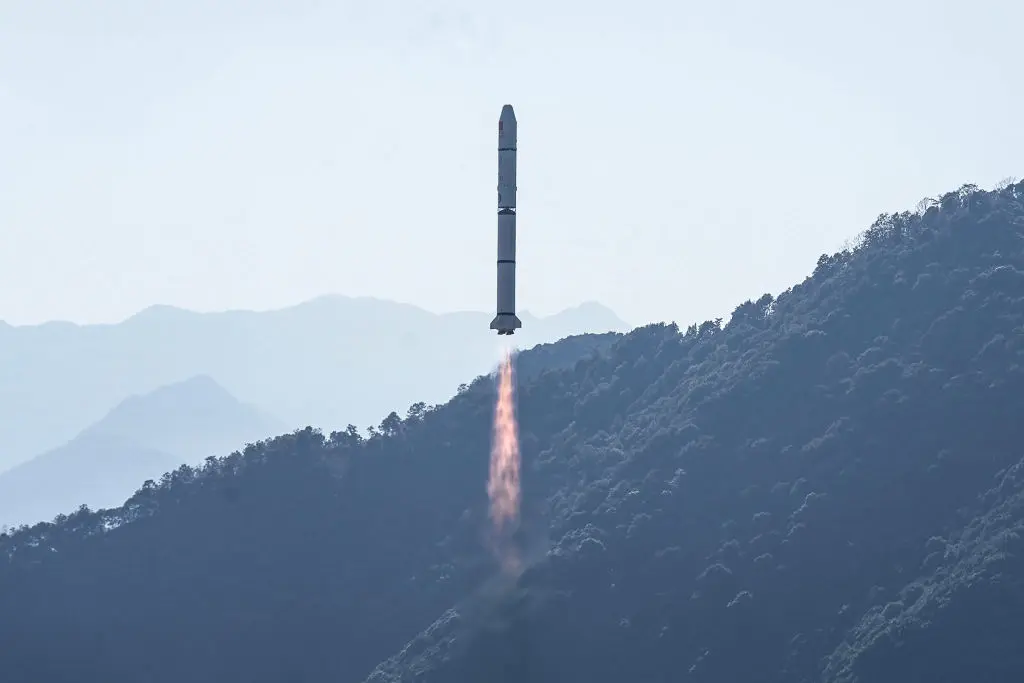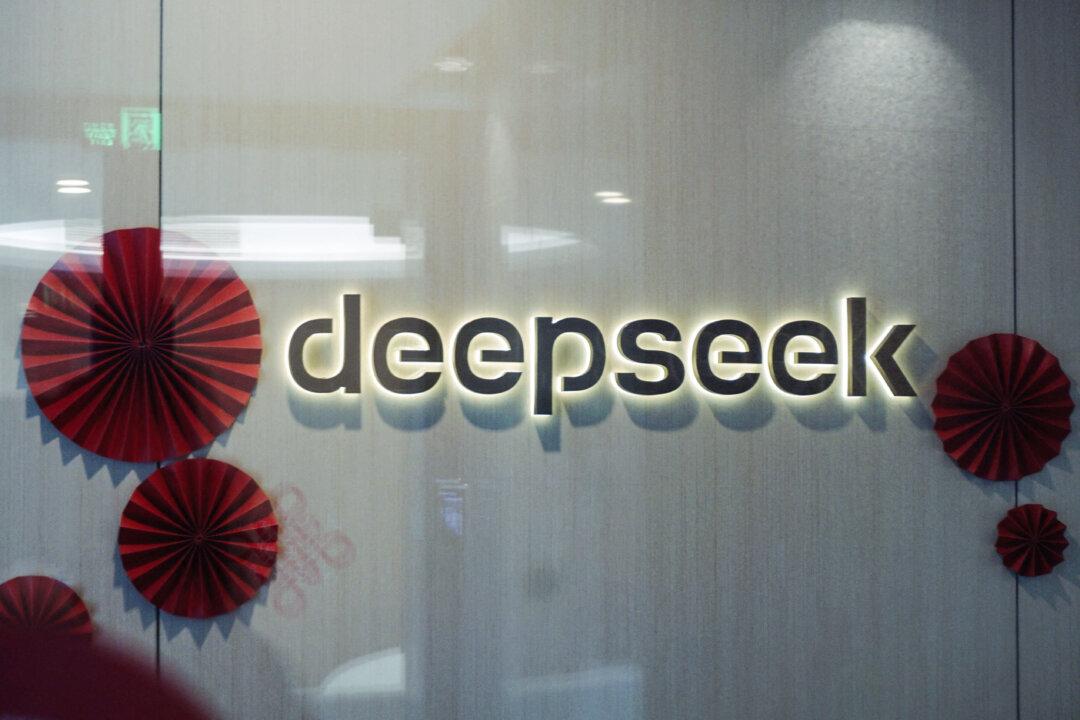In the arena of tech competition, the Chinese Communist Party (CCP) is scrambling for limited orbital and frequency band resources since low-Earth orbit (LEO) satellites may be critical in the future for 6G technology. However, amid China’s economic downturn, it is unclear whether the CCP can afford to keep tens of thousands of satellites running in the long term.
On Feb. 3, China’s Xichang Satellite Launch Center (XSLC) used a carrier rocket to launch 11 satellites into a predetermined low Earth orbit.






